Oculus' Founder wants to start measuring VR headset comfort levels. Here's how
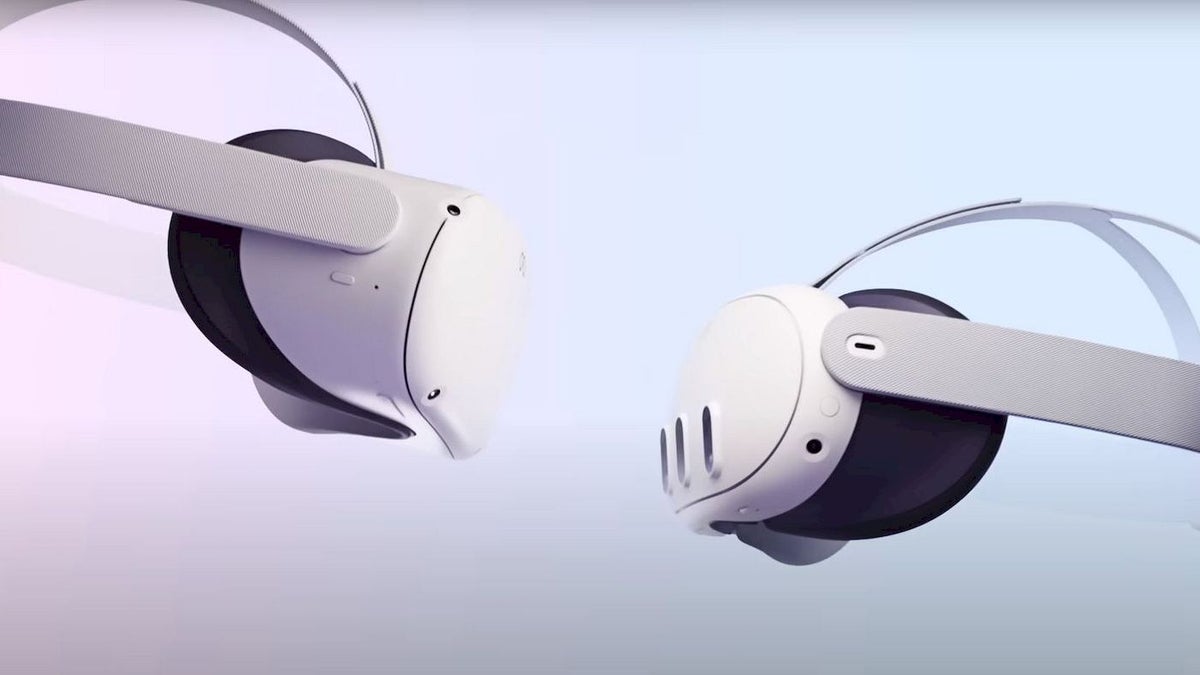
One of the biggest reasons, due to which I’m a bigger advocate of AR glasses than of some of the best VR headsets, is the comfort factor. Truth be told, I haven’t tried on that many AR glasses as of now, but I mean just by comparing Google Glass to the Quest 2, you can tell quite easily that one of the two is way more ergonomic.
The Vision Pro is headed our way too and if we consider how much time Apple spent on talking about the way its designers approached the concept of comfort, we can probably conclude that I’m not the only person with issues regarding XR headset comfort.
In fact, one of the people in my camp is Palmer Luckey. Despite the fact that nowadays he’s helping the US military become more high-tech, he is still the founder of Oculus — later acquired by Meta. And he has an idea of how we may begin to measure the comfort of an XR headset.
So, is this some sort of new KPI? Is it something groundbreakingly impactful, to the extent that the Oculus brand itself was? Well, in fact it is… Newton meters.
You’re probably hearing the same crickets that I am, so let’s explain what those are. Newton Meters are indicated through N⋅m or N m and named after Isaac Newton. And one of those is equal to the torque resulting from a force of one newton applied perpendicularly to the end of a moment arm that is one meter long.
Neat, right? Now, let’s translate that to human and explain how it relates to VR headsets and how comfortable the are through an example:
Let’s take the Quest 2 and the upcoming Quest 3. One of the improvements in the third iteration of the Quest is that it protrudes less from the wearer’s face when compared to the prequel. Basically, the more something protrudes, there are less Newton Meteres involved. And when we're talking about the origin point being a face, that means that there is less neck torque too.
So, if the XR industry were to listen to Mr. Luckey, we’d basically have something like:
On the boxes of headsets and in their spec sheets. But that would basically only indicate how much neck strain you can expect to have and still, it would be quite the vague indication. I mean, given how less people encounter Newton Meters in their lives, it wouldn't really be easy to imagine the difference between 0,3 and 0,7 N⋅m.
So, is this some sort of new KPI? Is it something groundbreakingly impactful, to the extent that the Oculus brand itself was? Well, in fact it is… Newton meters.
HMDs should stop marketing weight in grams and start marketing neck torque in newton-meters. https://t.co/1X6vNuIAms
— Palmer Luckey (@PalmerLuckey) August 31, 2023
You’re probably hearing the same crickets that I am, so let’s explain what those are. Newton Meters are indicated through N⋅m or N m and named after Isaac Newton. And one of those is equal to the torque resulting from a force of one newton applied perpendicularly to the end of a moment arm that is one meter long.
Let’s take the Quest 2 and the upcoming Quest 3. One of the improvements in the third iteration of the Quest is that it protrudes less from the wearer’s face when compared to the prequel. Basically, the more something protrudes, there are less Newton Meteres involved. And when we're talking about the origin point being a face, that means that there is less neck torque too.
As such, the Quest 3 would have a lower N⋅m than the Quest 2, and would hence be more comfortable to wear, as it would strain your neck less while being strapped to your face.
- N⋅m: 0,3
On the boxes of headsets and in their spec sheets. But that would basically only indicate how much neck strain you can expect to have and still, it would be quite the vague indication. I mean, given how less people encounter Newton Meters in their lives, it wouldn't really be easy to imagine the difference between 0,3 and 0,7 N⋅m.
What about how comfortable the strap is? Or how comfy the visor itself is? What about how cool it is, because we all hate sweaty VR visors?
Well: small steps! Regardless if we'll start seeing N⋅ms on new XR headset models, the idea is certainly a solid one and we need to start somewhere. That being said, this depends entirely on tons of manufacturers and their willingness to market the new matric in an understandable way.
Follow us on Google News



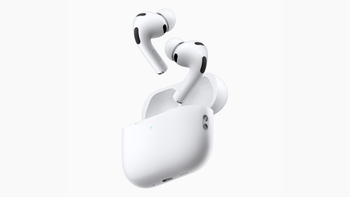
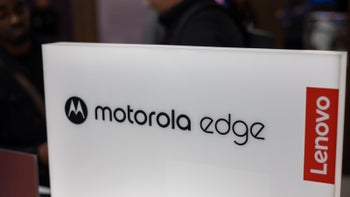


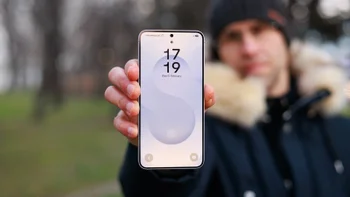
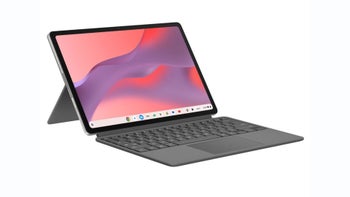
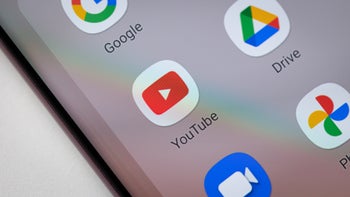
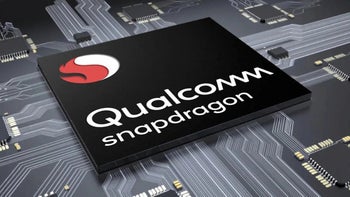

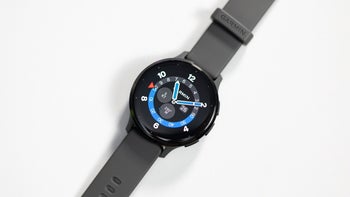
Things that are NOT allowed:
To help keep our community safe and free from spam, we apply temporary limits to newly created accounts: